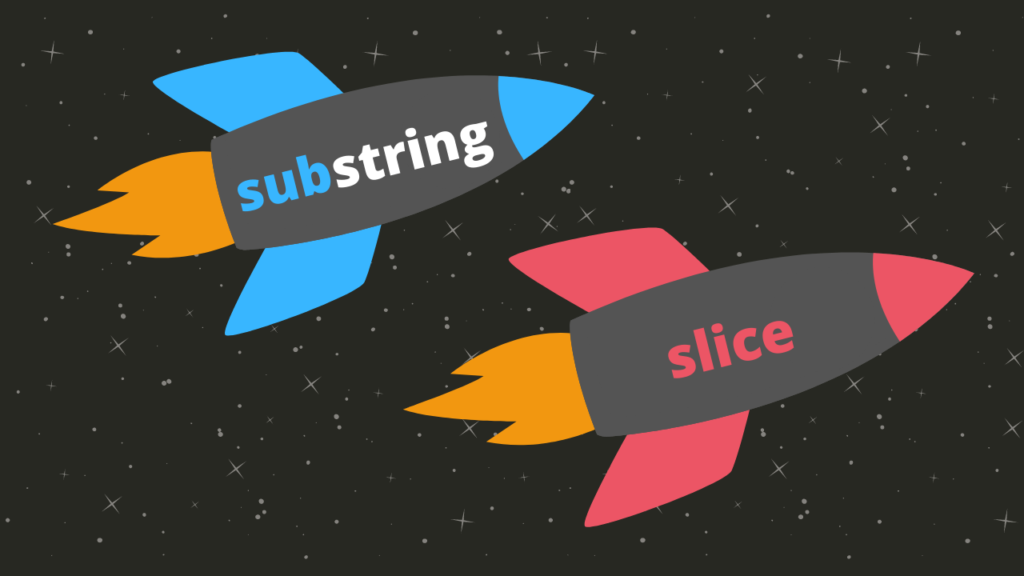

Therefore, if you change the original object or array. When you make a shallow copy of an object or array, you create a new one that points to the same values as the original. JavaScript provides multiple ways to create shallow copies of objects and arrays. So, let's dive in! Shallow Copy in JavaScript We'll also discuss the benefits and limitations of each approach and provide you with best practices to help you avoid common pitfalls.īy the end of this post, you'll better understand how to use the shallow and deep copy in your code effectively. In this article, we'll explore the differences between shallow and deep copy in JavaScript and when to use each technique. Two main techniques for copying in JavaScript are shallow copy and deep copy. The input arrays should remain the same after the function runs.As a JavaScript developer, you must be familiar with the concept of copying, which is the process of creating a new object or array with the same values as an existing one.Ĭopying is an essential technique in programming that helps you to avoid unexpected mutations to objects and arrays. Begin inserting elements at index n of the second array. Use the array methods slice and splice to copy each element of the first array into the second array, in order. Algorithm instructions You are given two arrays and an index. We’ll be inserting elements from one array into another and returning the combined array without mutating the original arrays. In this article we’ll look at how to use them with a specific algorithm scripting challenge. Also, they’re used very often, so understanding their usage is good to learn early on for any software developer. For those reasons, it’s important to know the differences between them. They look similar, they sound similar, and they do similar things. splice() are similar methods in JavaScript.


 0 kommentar(er)
0 kommentar(er)
